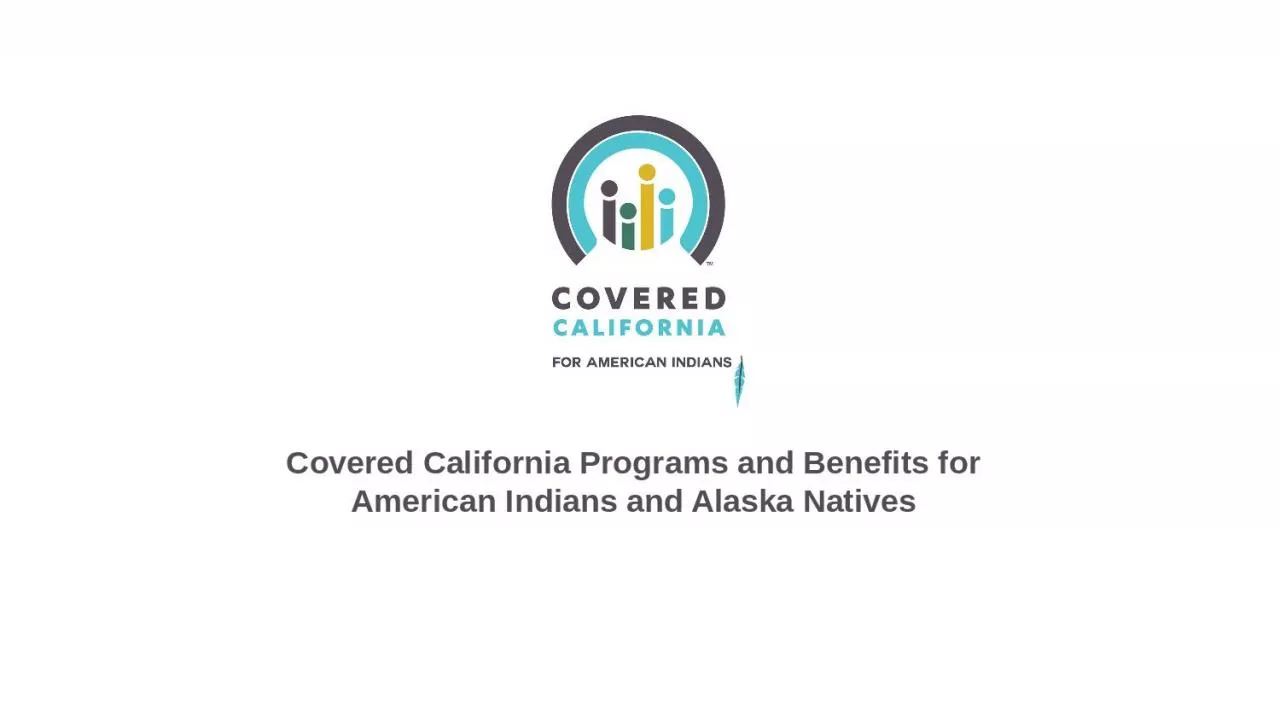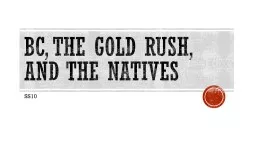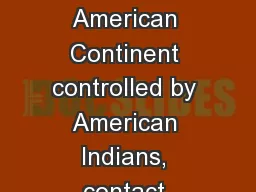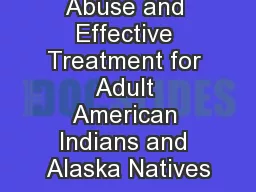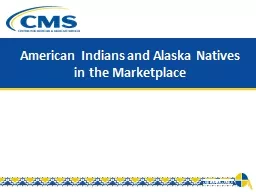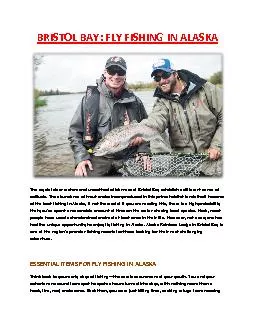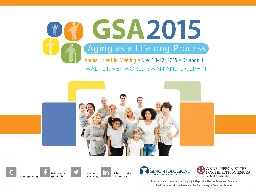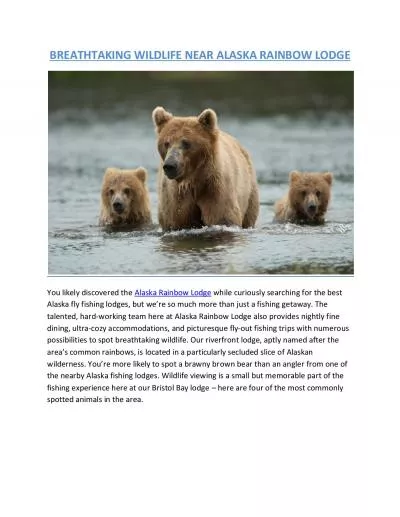PPT-Covered California Programs and Benefits for American Indians and Alaska Natives
Author : Hiphopkid | Published Date : 2022-08-03
Covered California Overview 1 Major Changes to the Health Care System Because of the Affordable Care Act 2 Be fo r e th e A f f o r d a b le Ca r e A ct
Presentation Embed Code
Download Presentation
Download Presentation The PPT/PDF document "Covered California Programs and Benefits..." is the property of its rightful owner. Permission is granted to download and print the materials on this website for personal, non-commercial use only, and to display it on your personal computer provided you do not modify the materials and that you retain all copyright notices contained in the materials. By downloading content from our website, you accept the terms of this agreement.
Covered California Programs and Benefits for American Indians and Alaska Natives: Transcript
Download Rules Of Document
"Covered California Programs and Benefits for American Indians and Alaska Natives"The content belongs to its owner. You may download and print it for personal use, without modification, and keep all copyright notices. By downloading, you agree to these terms.
Related Documents

